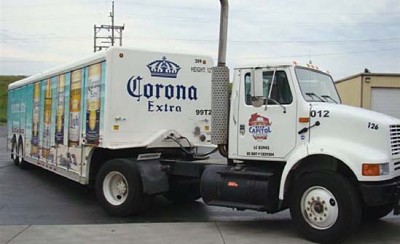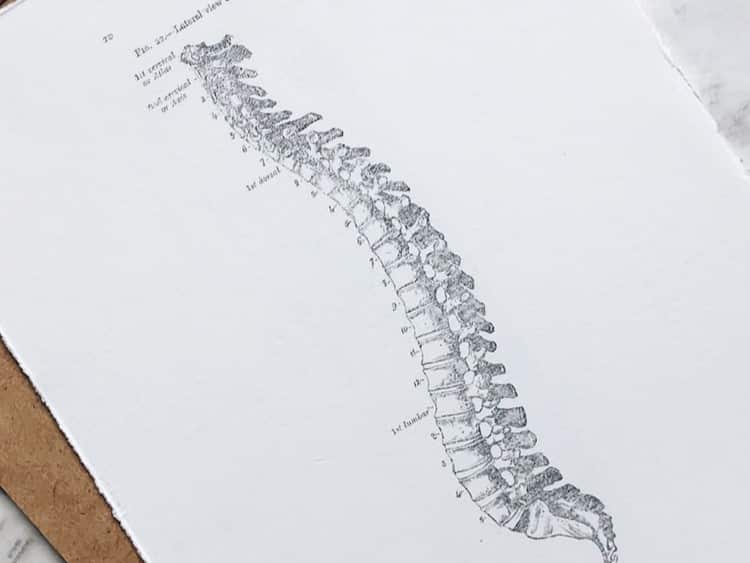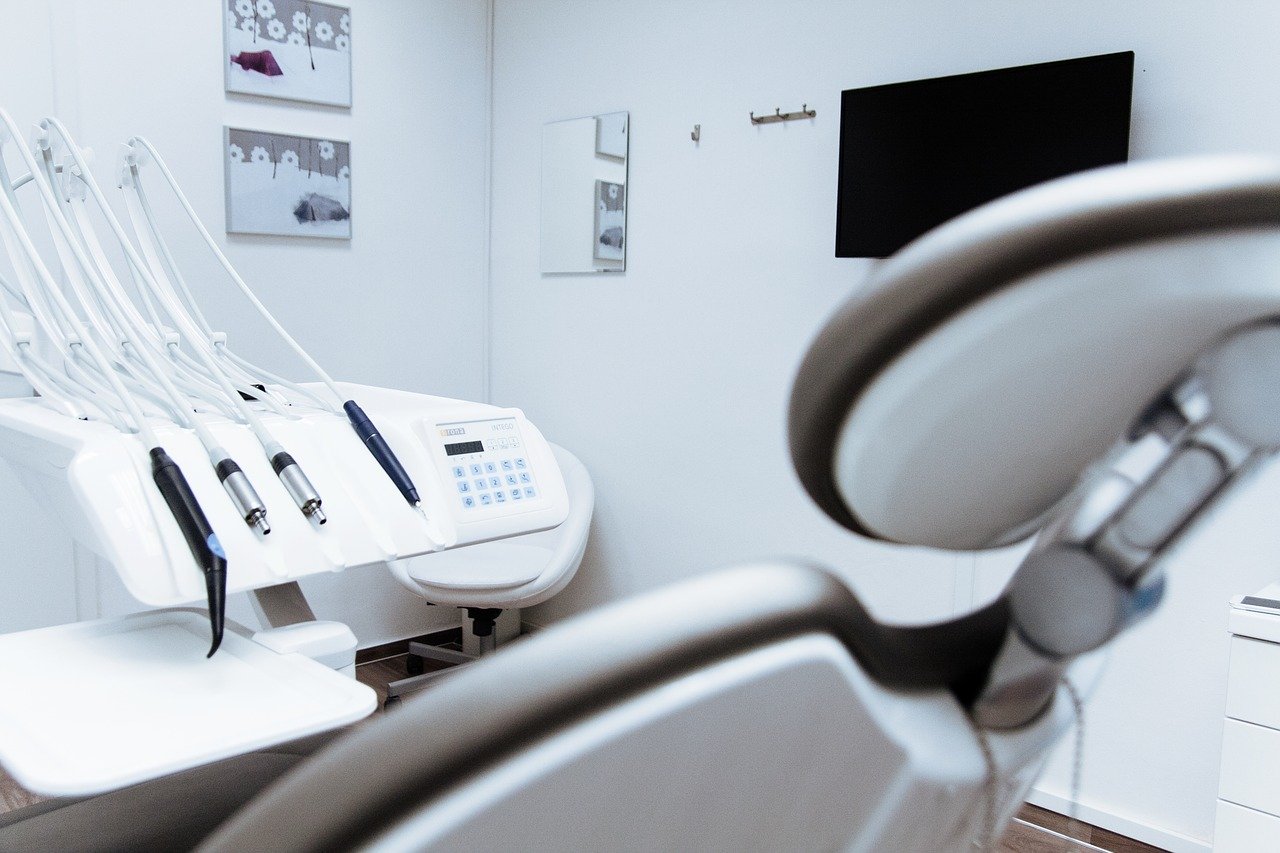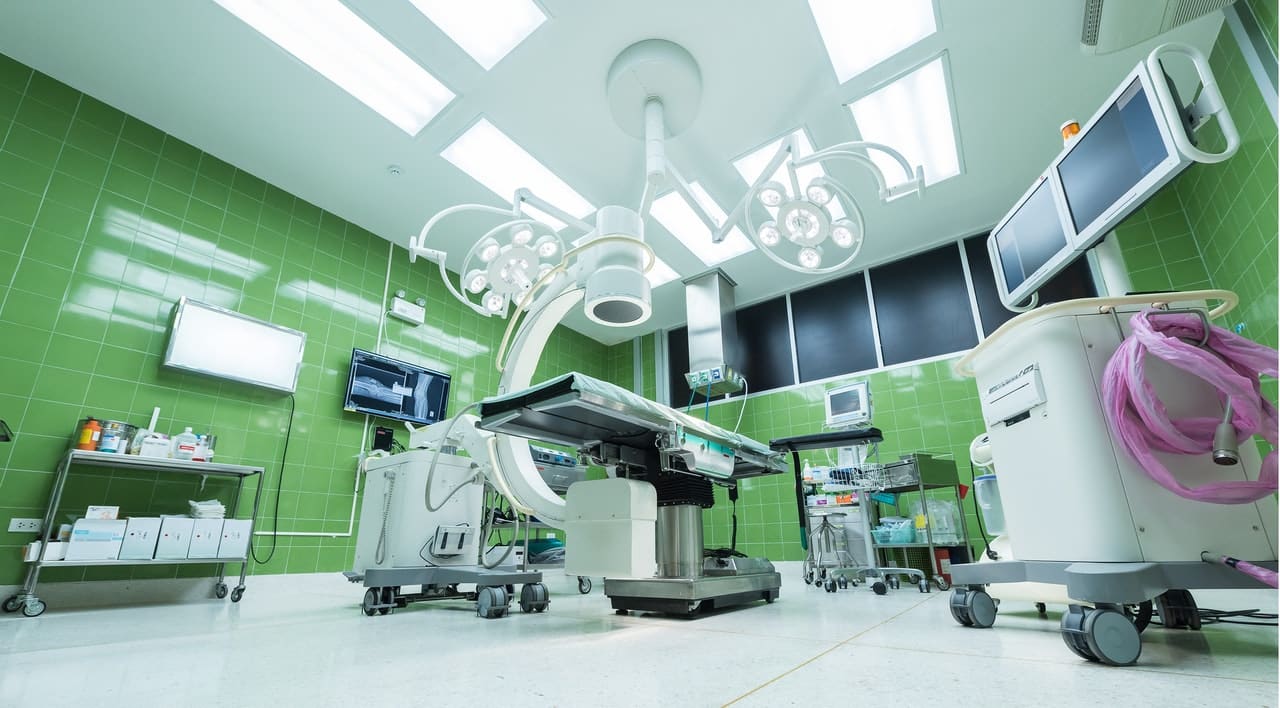When it comes to workers comp insurance for meat wholesalers, business owners have a variety of options to consider. As with other business insurance lines, it is important to review current coverage and rates to ensure that the company has the best coverage and most competitive pricing available.
Our Workers Comp Guide for Meat, Fish & Poultry Wholesale provides an overview of class code considerations and what potential policies should cover wholesale operations for meat purveyors. For workers comp rates for class code 8021, please also see our rate guide.
Since rates and programs may differ from year to year, businesses will benefit from a yearly review of their existing policies. Call Enforce Coverage Group for free policy evaluation and rate check (212) 947-4298. We offer coverage in New York, New Jersey, Connecticut, and Pennsylvania.
This post was originally published on July 21, 2011, and updated on May 29, 2020.
NY Workers Comp Rates for Class Code 8021: Meat and Meat Product Merchant Wholesalers
Suggested ISO General Liability Code: 15223
Suggested Workers Compensation Code: 8021
Description of operations: Meat wholesalers receive fresh, frozen, pre-packaged, and canned meat and meat items from foreign or domestic farms, slaughterhouses, or food processors, usually by truck, for distribution to grocery stores, restaurants, concession stands, and other retail establishments. The distribution center may be open 24 hours a day. Generally, the product is delivered to the customer on the distributor’s vehicles.
What Is the Best Meat Wholesalers Insurance Coverage?
1) Property exposure is high due to multiple sources of ignition, open construction, and the combustibility and damageability of meat products and packaging materials. Ignition sources include electrical wiring and equipment, refrigeration units, and heating and air conditioning systems. All wiring must be well maintained and up to code for the occupancy. Meat products are particularly vulnerable to damage by smoke, heat, fire, or water and have very little salvage value. Even a small loss can cause all stock to be condemned by the FDA due to possible contamination. All goods should be palletized or shelved. Aisle space must be adequate for firefighting. The age, condition, and maintenance of coolers and refrigeration equipment are important to review. Ammonia leaks could cause an explosion. There should be detection systems, emergency shut-off valves, and exhaust systems to allow venting in the case of a leak. Ammonia pipes should run outside the building to prevent accidental collision with forklifts inside the building and have impact barriers around them to prevent contact with vehicles. Alarms should be in place to warn of power outage or shutdown. Backup generators should be available in case of equipment failure. Good housekeeping and fire controls are critical. Smoking should be prohibited. If there is a sprinkler system, heads must be located high enough to avoid accidental contact with forklifts. Recharging of forklifts and maintenance of vehicles should be done in a separate, ventilated area away from combustibles. Meat and seafood may be a target for thieves. Appropriate security controls must be taken, including physical barriers to prevent entrance to the premises after hours and an alarm system that reports directly to a central station or the police department.
2) Business income and extra expense exposures are high. Recovering from a loss could require a lengthy time to rebuild the facility and purchase replacement refrigeration equipment.
3) Equipment breakdown exposures are high as temperatures must remain constant. All refrigeration equipment must be inspected and maintained on a regular basis. Back-up generators should be available. Additional coverage for spoilage and ammonia contamination should be considered as even a small power interruption could result in a large loss.
4) Inland marine exposure is from accounts receivable if the distributor offers credit to customers, computers for tracking inventory, contractors’ equipment, goods in transit, and valuable papers and records for suppliers’ and customers’ information. Duplicates must be kept of all data to permit easy replication in the event of a loss. Contractors’ equipment includes forklifts, cherry pickers, and hand trucks used for moving stored items. While goods may come to the warehouse via contract or common carriers or trains, goods are generally delivered to retailers on trucks owned by the distributor. Goods in transit are subject to spoilage loss from the breakdown of refrigeration equipment or damage from collision or overturn. There will be very little salvage following any transit incident due to the possibility of contamination. Due to the potential for theft, vehicles should be unmarked, have alarms, and be attended at all times. Sales representatives may carry sample stock to retailers.
5) Crime exposure is from employee dishonesty. Background checks, including criminal history, should be performed on all employees handling money. Warehouse operations involve a number of transactions and accounts that can be manipulated if duties are not separated. There must be a separation of duties between persons handling deposits and disbursements and reconciling bank statements. Regular audits, both internal and external, are important in order to prevent employee theft of accounts. Good security systems should be in place to discourage employee theft. Physical inventories should be conducted at least annually.
6) Premises liability exposure is generally limited due to the lack of public access to the storage facilities. Customers should be confined to specific areas that are kept clean, dry, and free of obstacles. If customers pick up goods, loading docks must be clearly marked and user-friendly. Parking lots and sidewalks need to be in good repair with snow and ice removed, and generally level and free of exposure to slips and falls. There should be a disaster plan in place for unexpected emergencies. Contracts with transportation and storage providers may expose the operation to additional liability. Railroad sidetrack agreements pose additional concerns. If there is a railroad sidetrack or dock, an employee must verify that no one is in the path of an incoming or outgoing train. Railroad tracks and conveyors can be attractive nuisances. The premises should be enclosed by fencing with “No Trespassing” signs posted.
7) Product exposures are moderate to high because meat products are particularly vulnerable to contamination and spoilage. Monitoring the quality of food received, posting lists of ingredients, and maintaining proper storage temperature can reduce this exposure. Accurate records must be kept of products and batches to monitor for recalls. There should be controls in place to prevent all types of contamination from chemicals used inside the facility, such as insecticides and pesticides Stock should be regularly rotated so older, but not out of date, the stock is sold first, and out of date stock is removed and discarded.
8) Environmental impairment exposure can be high due to the potential for air, land, or water pollution from the leakage of ammonia and other refrigerants and fuel tanks used to service vehicles. All tanks and pipes should be routinely tested for leakage. Spill procedures must be in place to prevent the accidental discharge of contaminants. Contracts should be in place to dispose of all environmentally dangerous chemicals. Record keeping is critical.
9) Automobile exposure is moderate for the salespersons’ fleet and delivery vehicles. There should be written policies on personal and permissive use of any vehicles furnished to employees. All drivers must be well trained and have valid licenses for the type of vehicle being driven. MVRs must be run on a regular basis. Random drug and alcohol testing should be conducted. Vehicles must be well maintained, including refrigeration systems, with records kept in central locations.
10) Workers compensation exposure is very high. Back injuries, hernias, sprains, and strains can result from lifting. Workers should be trained in proper lifting techniques and have conveyances available. Shelving must be stable to prevent stored goods from falling onto workers. Continual standing can result in musculoskeletal disorders of the back, legs, or feet. Floor coverings or coatings may be slick and pose slip and fall hazards. Forklift operators must be properly trained. Leaking ammonia is a serious health hazard that can lead to lung damage or even death. Protective breathing equipment must be available to all workers in the event of an ammonia leak. Housekeeping is critical. To avoid frostbite and hypothermia resulting from exposure to sub-zero temperatures, the length of time spent in refrigerated areas must be limited, and protective clothing required. Employees can pick up diseases from handling raw meat and seafood. Maintaining cleanliness throughout the facility is critical. When work is done on computers, employees are exposed to eyestrain, neck strain, and repetitive motion injuries including carpal tunnel syndrome. Cleaning workers can develop respiratory ailments or contact dermatitis from working with chemicals. Drivers of delivery vehicles may be confronted by robbers, injured in automobile accidents, or be injured at customers’ premises. Training must be provided on dealing with such situations, and any necessary security should be provided.
Workers Comp Rates for Class Code 8021
Definition: Code 8021 is used on NY Workers Compensation policies for Meat, fish, or poultry dealers involved in the wholesale distribution of fresh and cured meat, fish, or poultry. Some of these dealers perfom raw preparation such as cutting the meat, fish, or poultry into steaks, chops, roasts, fillets, or poultry parts for sale to stores, restaurants, supermarkets, and other retail markets.
Who Can Use it? Code 8021 applies to Wholesale Fish Dealers, Meat Dealers and distributors and Poultry Distributors, (Packing and Slaughter Houses cannot use this class code they use 2089)
Materials Involved: Some repackaging of the meat for distribution, Box trucks or Vans, Cold Storage, Under 500-mile distribution of the product
Who’s writing this coverage? Most private carriers as well as State insurance Fund Safety Groups. Businesses engaged in the NY Work Comp 8021 class of business should consider shopping for new rates for their policy every year. For more information on select Insurance products for Class 8012, definitions, and rates for this class, call us.
Minimum recommended coverage:
Business Personal Property, Business Income and Extra Expense, Equipment Breakdown, Accounts Receivable, Computers, Contractors’ Equipment, Goods in Transit, Valuable Papers and Records, Employee Dishonesty, General Liability, Employee Benefits, Environmental Impairment, Umbrella, Business Automobile Liability, and Physical Damage, Hired and Nonownership Auto, Workers Compensation.
Other coverages to consider:
Building, Earthquake, Flood, Leasehold Interest, Real Property Legal Liability, Spoilage, Salesperson’s Samples, Signs, Computer Fraud, Forgery, Money and Securities, Cyber liability, Employment-related Practices, Stop Gap Liability
The post NY Workers Comp Rates for Class Code 8021: Meat, Fish, Poultry Wholesalers appeared first on Enforce Coverage Group.








